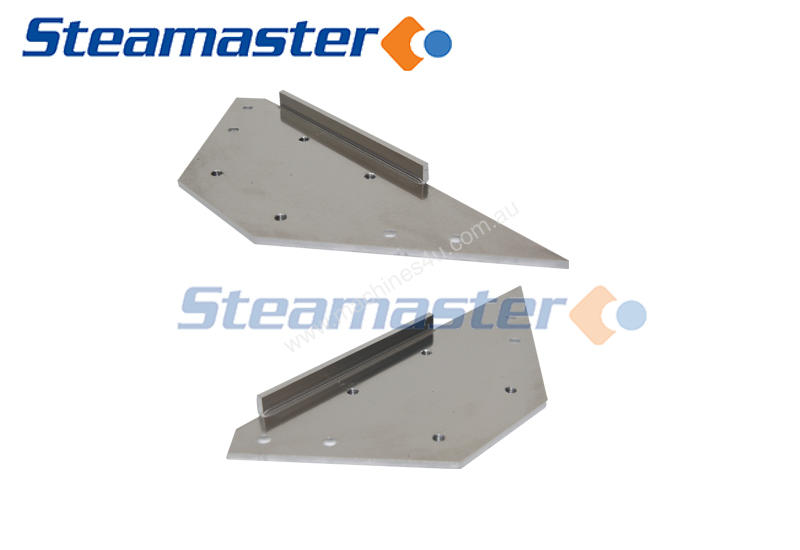Kanga Carpet
Products For Your Home.
37 Full PDFs related to this paper. Cognitive Exploration of Language and Linguistics.
'KANGA' is a family name for a series of patented polyurethane attached cushion carpets. Unlike old black foam rubber backs, or cheap imitations, Kanga will not peel or crumble. The “Kanga” attached cushion system allows for the nozzle of the seam sealer bottle to be placed down between the cushions and a good bead of seam sealer applied in the seam area. “KANGA” is a family name for a series of patented polyurethane attached cushion carpets. Carpet manufactured with polyurethane attached backing/cushion has stood the test of time beautifully. Frieze Carpet (838) Plush Carpet (4) Availability Options. When making a selection below to narrow your results down, each selection made will reload the page to display the desired results.
Two attached cushions for a variety of carpets…
There’s a cushion for the carpet you need, and chances are it’s attached already. So the tough business of carpet selection is that much easier! We offer two different patented, attached cushion products of premium polyurethane. One of them is sure to be right there on the back of a carpet style that suits your needs, just look for it by name:
Kanga Carpet Near Me
KangaBack – The “original” patented attached cushion has a 25+ year track record. Its soft, luxurious comfort has proven to be exceptionally consistent and reliable for residential applications.
KangaHyde – Developed for firm cushion support in active homes, apartments and light commercial areas. Its special patented formula of high-density polyurethane can be used with practically any style carpet.
Some Facts About Polyurethane
Kanga is made of 100% premium polyurethane with no fillers, which, unlike latex foam or black rubber, offers unsurpassed quality for carpet cushion:
- Won’t crack, peel, or crumble
- Won’t deteriorate or go flat with use; stays resilient
- Won’t “bottom out” under heavy furniture or foot traffic
- Chemically stable, non-toxic, and environmentally safe
- Not affected by standard household cleaning products
- Impervious to moisture
- Energy efficient
What is Carpet with Attached Backing?
- Made of 100% premium polyurethane foam, Kanga cushions provide carpets with a soft, luxurious feel.
- “KANGA” is a family name for a series of patented polyurethane attached cushion carpets.
- Carpet manufactured with polyurethane attached backing/cushion has stood the test of time beautifully, acquiring a remarkable reputation for performance and comfort.
What is Carpet with Attached Backing for?
- Insulation for feet on a cold tile or concrete floor.
- Making a room more comfortable, more inviting to sit on the floor (e.g. children’s playroom).
- You can easily install Kanga attached cushion carpets yourself.
- Reducing the noise from walking, especially useful on upper floors, and in apartment buildings.
- Adding colour or decoration to a room.

Check out our current and on-going specials for carpet with attached backing!
What makes Carpet with Attached Backing unique?
- Kanga helps absorb the punishment of foot traffic that causes your carpet’s face fiber to mat and crush. The result is that your carpet will look better for longer.
- Resistant to most household cleaning supplies. Its moisture resistance makes the clean-up of spills much easier than with conventional carpet.
- Resists mold, mildew or bacteria, making it an excellent choice for any damp or below grade installations.
- “Easy Release” outer skin layer allows for a cleaner removal with less of the crumbly mess left by conventional type cushions.
- They are incredibly light, making them easy to handle. With a few simple, inexpensive tools and double-face tape you can complete a beautiful, quality installation in no time.
What are some technical details?
- Carpet is commonly made in widths of 12 feet (3.7 m) and 15 feet (4.6 m) in North America.
- Fixed to a floor over a cushioned underlay (pad) using nails, tack strips, adhesives, or occasionally decorative metal stair rods.
- Fibres are chosen for durability, appearance, ease of manufacture, and cost.
- In production, the dominant materials are polyamides (nylons) and polypropylene with an estimated 90% of the commercial market.
Nylon
- Is one of the most common materials in the construction of carpets.
- Nylon can be printed easily and has excellent wear characteristics.
- Due it’s excellent wear-resistance, nylon is widely used in industrial and commercial carpeting.

Polypropylene
- Commonly used to construct berber carpets.
- Commercial grade styles wear very well, making them very suitable for areas with heavy foot traffic such as offices.
- Polypropylene carpets are known to have good stain resistance, but not against oil-based agents.

Polyester
- The polyester known as “PET” is used in carpet manufacturing for both spun and filament constructions.
- When the price of raw materials for many types of carpet rose in the early 2000s, polyester became more competitive.
- Has good physical properties and is inherently stain-resistant because it is hydrophobic.
- A disadvantage is it tends to crush or mat down easily. It is typically used in mid- to low-priced carpeting.
- Another polyester, “PTT”, also called Sorona or 3GT (Dupont) or Corterra (Shell), is a variant of PET. These carpet fibers have resiliency comparable to nylon.
Acrylic

- A synthetic material first created by the Dupont Corporation in 1941 but has gone through various changes since it was first introduced.
- In the past, acrylic carpet used to fuzz or “pill” easily. This happened when the fibres degraded over time and short strands broke away with contact or friction.
- New types of acrylics have been developed to alleviate some of these problems.
- Acrylic is colourfast, washable, and has the feel and appearance of wool, making it a good rug fabric.
Kanga Carpet Menards
Information adapted from Wikipedia and Kanga